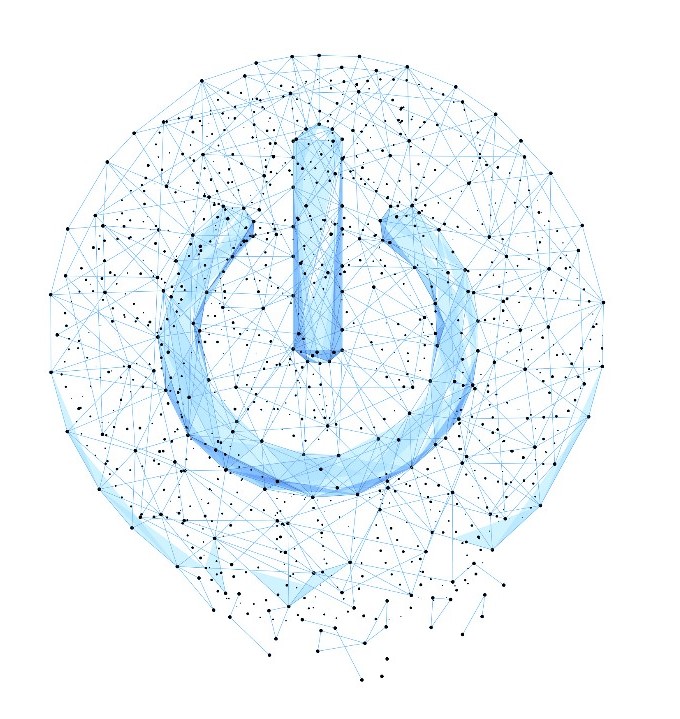Making Ethics Visible: What happens after the 'rotten apples' have gone?
The recent royal commission into the Banking industry plus the criminal conviction of leading clergy have put ethics in the spotlight in Australia. Watching the news each month, scandals have appeared in nearly every industry. Some are acts of isolated people while others appear to have broader involvement and a complicit culture.
These 'rotten apples' are impacting our daily lives: our leaders and idols falling from grace, violence broadcasting on our phones, trusted institution cheating us plus our privacy and democracy get eroded.
A wikileaks battleground has emerged to combat this shady activity and misdeeds along with social movements like #MeToo and #Boycott. As Australians get disillusioned in their institutions, a 'Kangaroo Court' is emerging, with big implications for company morale, brand damage and consumer and investor confidence. So when Banks and Sporting Clubs, Government bodies and Church groups wrestle with the question of 'What went wrong?' both the public and the press are watching closely.
A recent presentation by a colleague neatly summed up two potentially contrasting mindsets in play: the company-typical commercial mindset and the values-driven mindset, seen most often in charities, non-profit and member organisations.
Rather than call for more of one or the other, it is perhaps more useful to look at how those mindsets change and how to tell when you have an over-abundance of one and too little of the other. Recent developments in sentiment analysis make this easier. It is now possible to observe different mindsets and behaviours in organisations, using passive text analysis of emails, documents or social posts.
An early (2015) example of these semantic tools was done by Idibon, successfully identifying both toxic and supportive Reddit groups, including key behaviours like bigotry. Similar tools can be used to identify hubs of healthy or antisocial behaviour in organisations.
Other tools track attitudes and sentiment over time using continuous, anonymous text analysis. This example from KeenCorp shows team reactions to events and announcements inside the company - in this case, the release of a new company strategy that impacted negatively in one team.
Another text analysis example from SWOOP Analytics shows a team's behaviour shift over time, moving from a constructive mindset to an execution focus, in response to a new set of objectives:
These tools can finding important anomalies and events in teams and potentially highlight what caused it and when. An example published by KeenCorp used leader's email data to pinpoint the exact day, several years before Enron's bankruptcy, where the company started to unravel.
With corporate misconduct and company-shaking scandals now a regular event, organisations must be able to effectively identify and deal with 'rotten apples' quickly before they damage companies and communities.
Those firms already dealing with the fall-out of company scandals and misbehaviour should also consider piloting these tools in order to:
Make ethics a visible, tangible commodity in the company including evidence of attitudinal shifts following these events,
Count the 'good apples' and highlight the people who had no part in the scandal, showing their ongoing pattern of trustworthy, caring and ethical behaviour.
This investment goes beyond damage-control, ethics and audits ....it's about seeing what's great about your company and your teams. That's especially crucial after their a shadow has been cast on their character and trustworthiness.
---------------------------------------------------------------------------------------------------------------
Damien writes regularly about people at work and how we change. He strives to create better Australian workplaces through his company RethinkHR. He has a passion for people, evidence-based practices plus fresh thinking and design.








